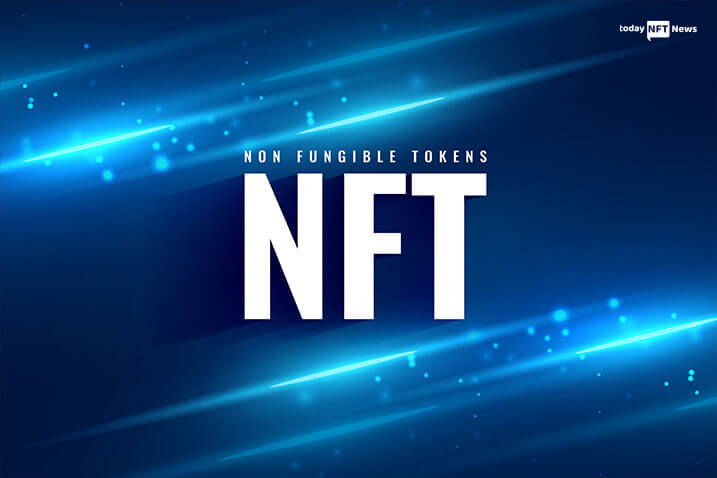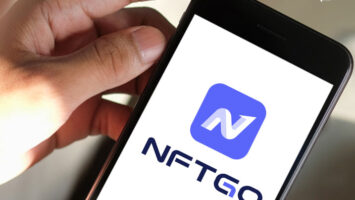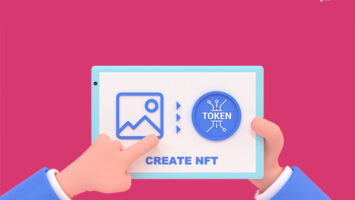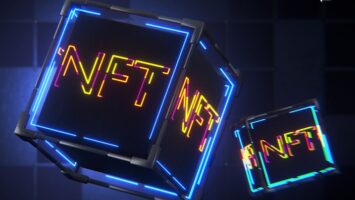Behind every invention is some problem to be fixed. If we talk about NFTs, they were invented to identify the restrictions of their precursors made on Bitcoin. NFTs have taken ample years to reach the states and popularity they are enjoying now.
The initial investigations in digital ownership in the crypto space started in 2012 when “colored coins” arrived.
What are colored coins?
Colored coins were produced on Bitcoin and displayed a range of digital and physical assets similar to NFTs. Restrictions in the Bitcoin blockchain led to colored coins working only if each and every participant agreed. Having said that, disagreement by even one participant causes a crash of the system.
Kevin McCoy, a digital artist, minted the first-known NFT ‘Quantum’ on May 3, 2014, on the Namecoin blockchain. Quantum refers to a digital image of a pixelated octagon that not only changes color but pulsates in a way similar to an octopus.
Shift towards Ethereum blockchain
Various attempts have been made to issue assets on the blockchain. Counterparty, the peer-to-peer platform was included and led to the very first meme assets being issued to the Bitcoin blockchain. However, such proto-NFTs shifted to Ethereum in 2017 and it is after that when the overall potential of connecting assets to the blockchain turned into a possibility. Being different from the Bitcoin blockchain, which was exclusively meant for Bitcoin token ecosystem’s utilization, both the smart contracts and Ethereum blockchain made way for a far more open-ended approach. This was of advantage in terms of creation of the initial NFTs , which are known in the current era and enabled non-fungible tokens to link to particular assets.
NFTs are the connecting link between digital world & real world
A non-fungible token’s rarity means that it can serve as the connecting link between the real world of physical objects and the digital world of crypto. Not only do such tokens confirm digital possession but offer a secure record of transactions that include a digital asset.
NFT addicts have started discovering utilities for connecting NFTs to physical world assets too. Taking an example for clarity, Fabrica, a real estate firm, has used non-fungible tokens with traditional trusts to ease safe, quick and affordable transactions based on real estate. Here, these tokens display parts of the real estate.
Moving on to other cases, Nike and GAP are among brands that have launched NFTs that have rare pieces of physical clothing.
Physical NFTs consist of a linked physical asset and a digital NFT element and have the possibility for rapid growth. Though these issues were not the real problems NFTs were thought of to fix, it can showcase a certain aspect of the future of this technology that’s moving ahead.
Why were NFTs originally created?
Well, non-fungible tokens were created to let individuals have a way to acquire things in the digital space through something that backs up their possession of that particular asset.
Introduction of NFTs have made proof of ownership easier and safer. Opposite to dollars and Bitcoin, NFTs are non-fungible since they are rare and have their own value with no two of them being the same.
Ownership history, liquidity premium, utility, future value, traceability, buyer perception, transparency and underlying value are the major reasons that make NFTs a highly valuable investment.
NFTs provide details about their historical data, such as-
- When was an NFT initially created
- Who purchased it as the primary owner along with details like when and for how much
- Who purchased it as the secondary owner, when and for how much
- Who placed a bid on it
Such details are not available in the traditional world of art.









